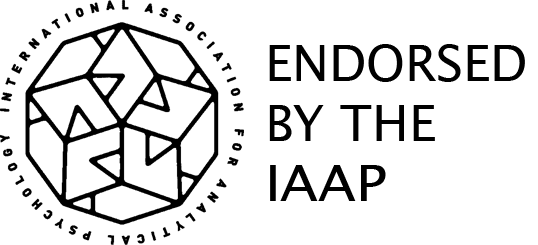The Red Book exerts a powerful, even transformational influence on all who encounter it. George Hogenson will discuss the ways in which Jung uses a dense symbolic structure to create imaginal spaces within which the transformative process can take place.
Near the end of the draft for the second book, Liber Secundus, of the Red Book Jung remarks that “I must catch up with a piece of the Middle Ages—within myself.” What is interesting about this comment is that it implies that something about the Middle Ages lies before Jung, not behind in the past. In the same vein, Jung composes the Red Book as if it were a medieval illuminated manuscript, but claims that it presents teachings for the future. To make sense of this double registration of the Red Book we must understand how Jung’s understanding of the archetype must always include the positing of a telos toward which the arche directs us. The Red Book itself, I believe, is in its entirety an archetypal image, that shows us Jung’s path to connect the arche and the telos, and provides a model for our own explorations.



